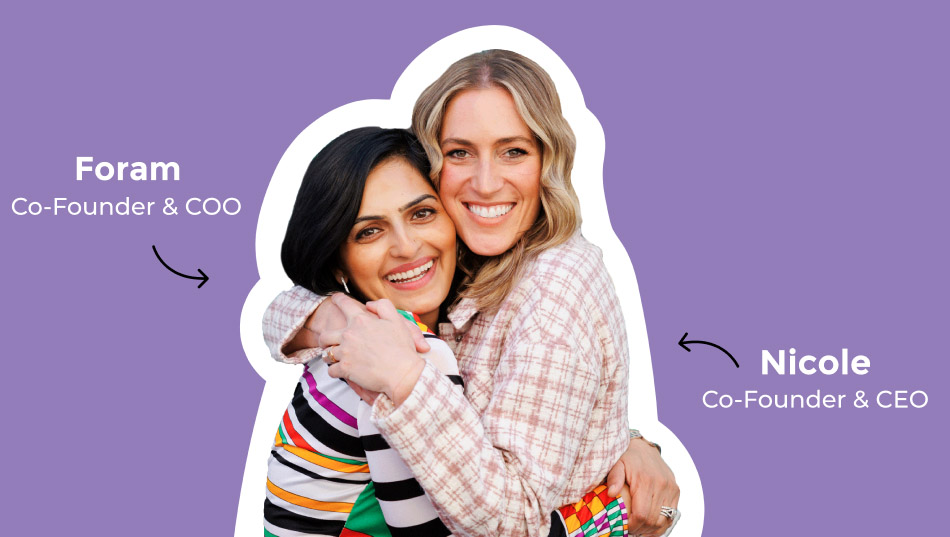How To Best Quit Your Job

After you’ve given so much of yourself to a job, it can be very difficult to say goodbye. You don’t want to burn bridges, and you want to go out with grace. But how do you do it? No one teaches you how to quit your job!
Luckily we do! And the fact that you’re here reading this tells me that you have a lot of loyalty to your employer and respect for the people there, so even if you don’t follow my advice precisely, you will be just fine. So take a deep breath and read on. I’ll break down for you everything you need to know about how to quit.
When Not To Do It
You’re not going to like this, but I’m going to start my guidance out with an ‘it depends!’ But before we get into the different options for when you should give your notice, here are a few times not to do it:
When you’re in the heat of the moment
It’s never good to quit when emotions are high. You may say things you regret. In this Refinery29 article, we hear from 8 people who rage-quit their jobs. Though it’s not a good look or an ideal scenario, what I love about this is how positive most of these people are now. Again this is reassurance that even if this process doesn’t go exactly according to plan, you are moving onward and upward!
When the team has a huge deadline the next day
When it’s all hands on deck, dropping your news could make the stress level go off the charts. That being said, if your team seems to always be in crisis mode, then you need to move forward with your plan regardless of what’s going on.
If you’re out on a vacation and give less than 2 weeks
This is very unprofessional. It may be tempting if you are very unhappy, but you need to have the courtesy of wrapping things up in person.
In my opinion, the tried and true two weeks notice still stands. I wouldn’t give less than two weeks, but in some cases, it may make sense to give more:
If you have project-based work
If you know you are moving on but want to see a project through to completion, it may make sense to give notice sooner. You can let your employer know so they can plan accordingly as they staff future projects, but you can wrap up your current one.
If you plan to take time off and your timing is flexible
If you plan to be “funemployed” after you leave, and you have no set timeline for this to begin, you can give your notice and make your end date somewhat negotiable based on the company’s needs. Maybe they will ask you to stay on through a certain meeting or maybe they will wish you well and have you depart in 2 weeks time. This is a courteous thing to do, but be careful not to let it drag on. Even though you don’t have a firm deadline, you have committed to this time for yourself, so make sure you have a cutoff date that you won’t let work slip into.
If you are in a very senior role…
and you want to be active in supporting the company to backfill. When you are in a VP or C-suite position, it takes way more than 2 weeks to find your replacement. You may want to give a significant amount of notice so that you can help recruit and interview your replacement and ensure a smooth (as smooth as can be!) transition.
One thing to note is that there is definitely a mental shift that takes place once your news is out in the open. This can be good because your excitement for your new path can grow, and you are less phased by the things currently happening around you (especially if you are in a less than ideal work environment). However, it can also be challenging to stay focused. Keep this in the back of your mind because even though some degree of disengagement is expected, you want to show that you aren’t slacking off because you’re leaving.

Who To Talk To
In most cases, the first person you should tell is your direct supervisor. They are who you have the closest working relationship with and who will be most impacted by your news. You’ll want to tell your boss first and then discuss with them when and how to tell the rest of your team.
In some cases, it may make sense to speak with someone else first or involve others in the conversation. For example, if you work in consulting where you don’t have quite the same formal reporting relationship, I’d recommend that you start with the person who is responsible for your career development. Then you can tell the person you are reporting to directly on your current project. Then finally it’s time to formally report your news to HR.
Alternatively, if you work in a very small company, you may want to include your boss and a founder right off the bat. This is completely situation dependent.
Think about it like this, who would you not want to find out your news from someone else? Make it a priority to tell those people first.
Who Not To Talk To
Depending on your role, the news of you leaving could cause some concern and confusion within the company. Of course, it is your news to tell, and who you share it with is ultimately up to you. But it is courteous to have the conversation with your boss about the best time and place to break the news to the team.
How To Quit
It is best to have this conversation in person if possible to show respect to the person and the company. By looking the person in the eye when you deliver the news, it shows that you take your work seriously and appreciate that your leaving will impact those around you. If it’s not possible to meet in person (e.g., you and your boss live in different cities), then a phone call will suffice!
If you don’t have a meeting coming up that is timely for you to have this conversation, just shoot your boss a quick email saying you’d like to talk sometime that day or the next. The anticipation of those kinds of emails may make them nuts! Best not to let it hang out there for too long, so keep it simple and just say you’d like to chat when they can.
You want to maintain great relationships, and so when you deliver the news, it is usually best to focus on the pull versus the push. Talk about what’s next for you and why you are excited about the new opportunity. Speak less about the things you didn’t like at your current company that had you looking elsewhere in the first place.
That being said, be honest if you are asked a question directly. Feel free to provide feedback if you are asked directly, but it’s best to bring the conversation back to the future and save your feedback for your exit interview. This doesn’t need to be a long drawn out conversation. Make sure you thank your boss for all they have done for you, and keep it short and to the point.

Logistics
Export Your Contacts
Make sure you export your contacts so you don’t lose them once your email address gets shut down. You’ll be able to capture many of them if you send a goodbye email, but these are usually reserved for people inside of your organization. Make sure you also grab the contact info for external vendors or partners who you may want to reach in the future. This is not as critical these days since we always have LinkedIn to fall back on, but not everyone manages their LinkedIn account as closely as we might hope.
Update Subscriptions
You’ll also want to update any subscriptions you have saved to that email address or accounts you have tied to it. It’s never fun when you have to do the whole password reset dance when you don’t have that email address anymore! Pro tip – don’t leave these things for the last minute because you will be busy on your last day, and you may have to turn in your computer earlier than you think!
Goodbye Emails
Goodbye emails are a great way to let your colleagues know you’re leaving, especially if you won’t get to see them in person before you go. It’s never fun to find out someone left when your email to them bounces! This is also an opportunity for you to share your personal contact details with everyone so they know how to reach you in the future! It’s up to you and your style if you want it to be funny, heartfelt or short and sweet. But whichever you choose, make sure you copy your personal email address and include the link to your LinkedIn account so you can connect if you haven’t already. Here is an article to help you draft the perfect goodbye email.
Exit Interview
The exit interview is your opportunity to be honest and share feedback that will help the company improve. Keep it professional (no name calling!), but don’t hesitate to point out things that could be better at the company.
Although this may feel like a sad time, you are doing this because you are moving toward a new opportunity. Take a moment to be grateful for all this role has brought you, and remember, you are not losing a network of people, you’re gaining a new one. You can do this, and we are here to support you every step of the way.








